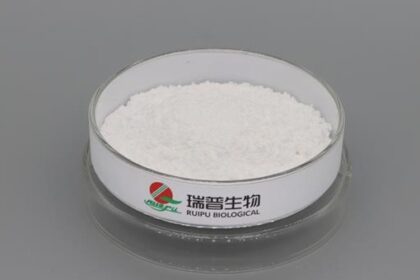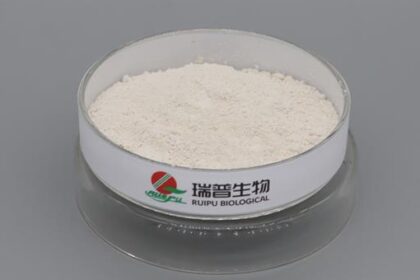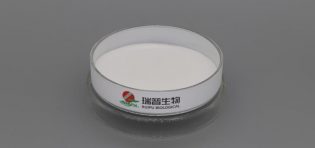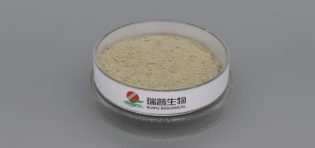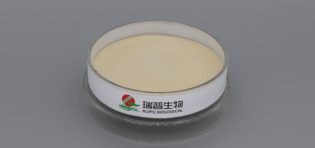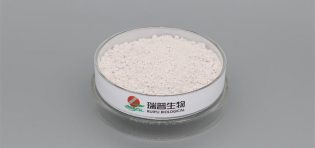
Ferrous lactate is a compound that contains iron and lactic acid, and it has applications in the food and pharmaceutical industries as a nutritional supplement or food additive.Manufacturers worldwide produce ferrous lactate using various methods.The production methods can vary based on factors such as the intended application, scale of production, and available resources.There are some common methods for producing ferrous lactate include chemical synthesis,fermentation,mixed methods,purification and formulation,quality control,ect.
Chemical synthesis involves reacting iron compounds (usually ferrous salts) with lactic acid to form ferrous lactate.Ferrous sulfate or ferrous gluconate are commonly used as the iron source.This method involves controlling reaction conditions such as temperature, pH, and stoichiometry to achieve the desired product.Chemical synthesis can be efficient for large-scale production.
Fermentation-based production involves the use of microorganisms to produce ferrous lactate through biological processes.Lactic acid-producing bacteria or fungi can be used to ferment sugars or other organic materials to produce lactic acid, which is then combined with iron compounds to form ferrous lactate.This method is often considered more environmentally friendly and can be used for both small- and large-scale production.
Some manufacturers use a combination of chemical and fermentation methods to produce ferrous lactate.For example, they might use fermentation to produce lactic acid and then chemically react it with iron compounds to form ferrous lactate.This approach can offer advantages in terms of efficiency and control over the production process.
Once the ferrous lactate is synthesized, it may undergo purification steps to remove impurities and unwanted byproducts.The purified ferrous lactate is then often formulated into various product forms such as powders, liquids, or capsules for different applications.
Regardless of the production method used, manufacturers adhere to strict quality control standards to ensure the purity, potency, and safety of the final ferrous lactate product.Quality control involves testing for factors like iron content, lactic acid concentration, and potential contaminants.
The specific methods used by manufacturers can vary based on their expertise, resources, and the regulatory environment of their region.Additionally, advancements in biotechnology and industrial processes may lead to the development of new and improved methods for producing ferrous lactate in the future.


